
Xenon
Pinball, November 1980@1972

Also known as dynamic music, adaptive music reacts to changes in gameplay state. It encompasses techniques such as re-sequencing of precomposed pieces, dynamic mixing, generative music where either notes or sounds are generated at runtime in software, or sequencing directly based on user input such as in Tetris Effect.
See Adaptive and Generative Music for more information.
tag : #adaptivemusic games : 42
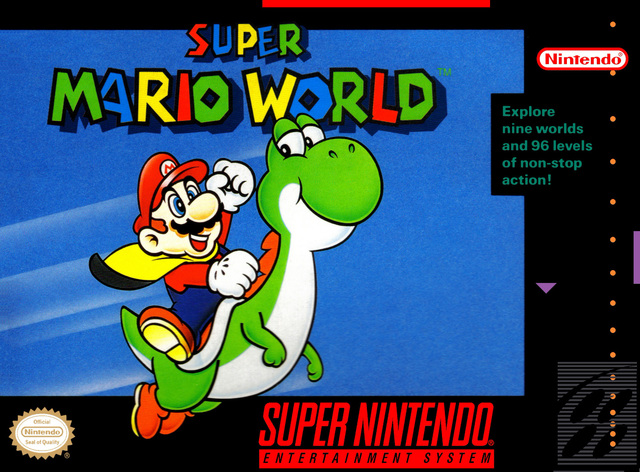
Super Mario World
SNES 1990@228
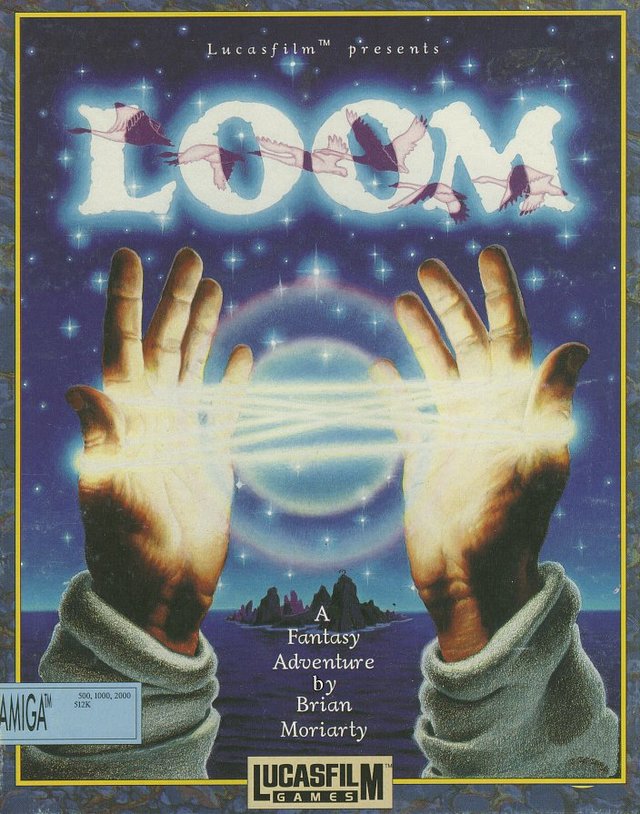
Loom
Amiga 1990@992
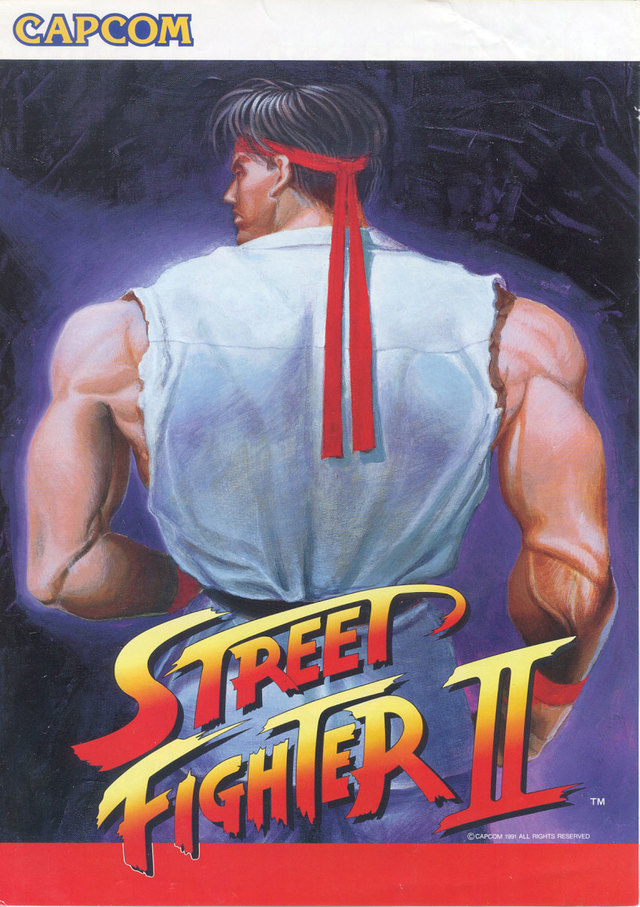
Street Fighter II: The World Warrior
CP System, February 1991@111

Day of the Tentacle
DOS 1993@1319

Metal Gear Solid
PlayStation 1998@80
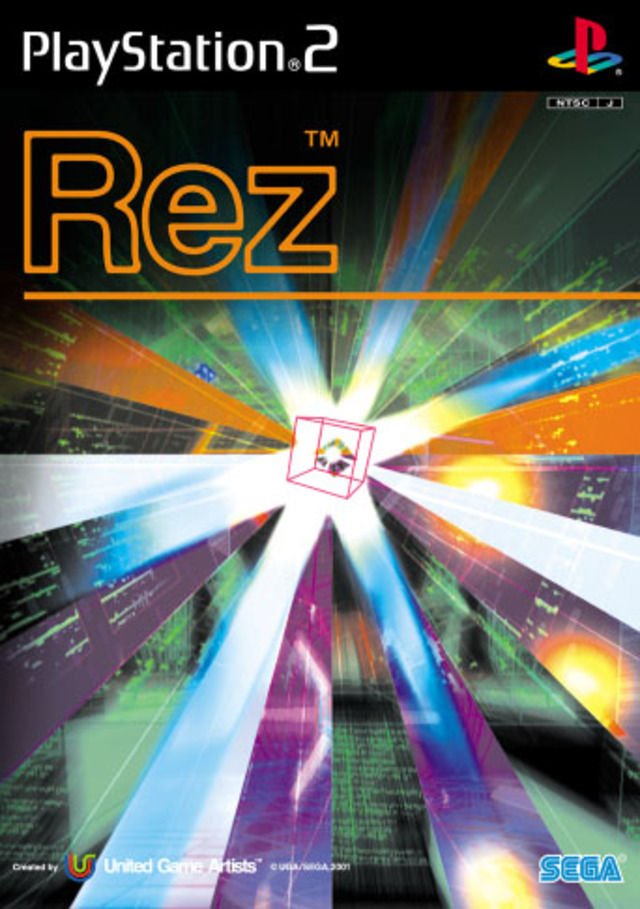
Rez
PlayStation 2 2001@104

flOw
PSP 2008@45

Portal 2
Xbox 360 2011@285

140
Windows 2013@680

Killer Instinct
Xbox One 2013@728

Tetris Effect
PlayStation 4 2018@2069

Rytmos
Nintendo Switch 2023@3546
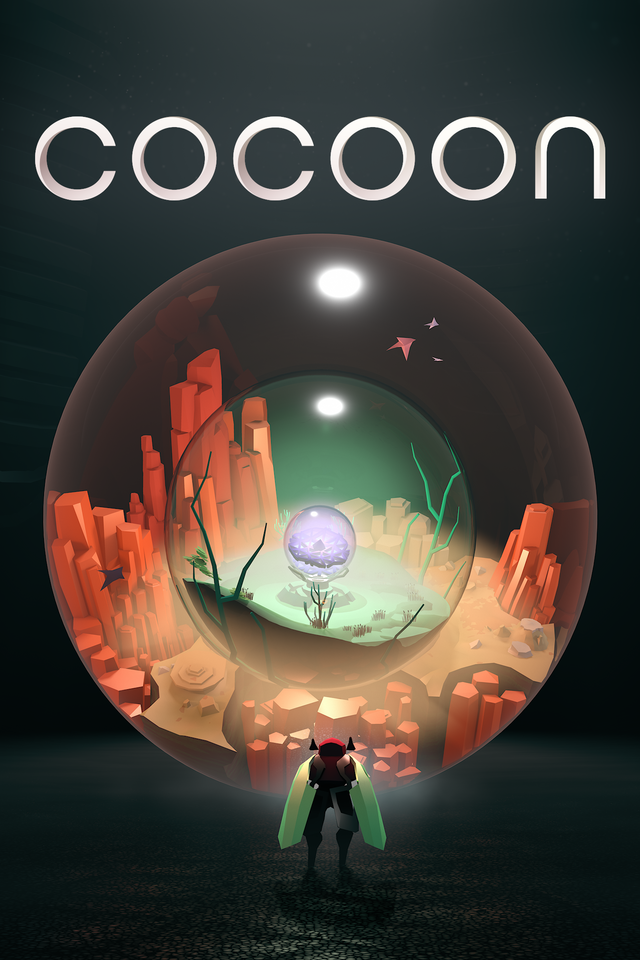
Cocoon
Windows 2023@3794

Ynglet
PlayStation 5 2024@4357